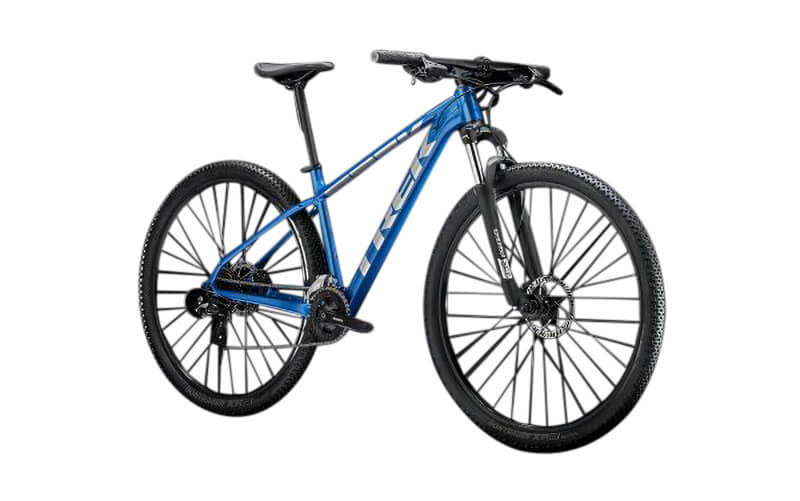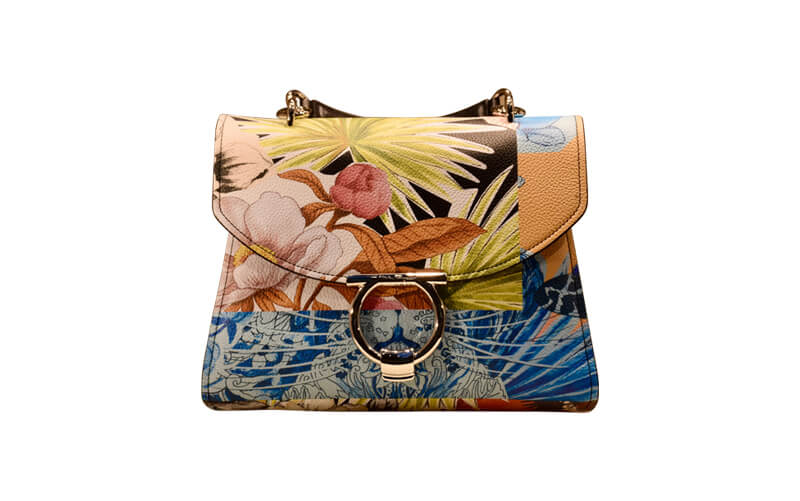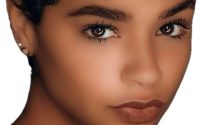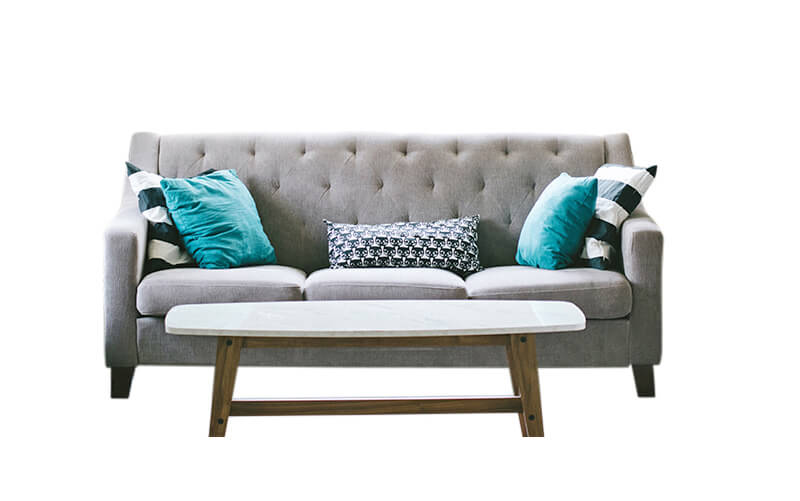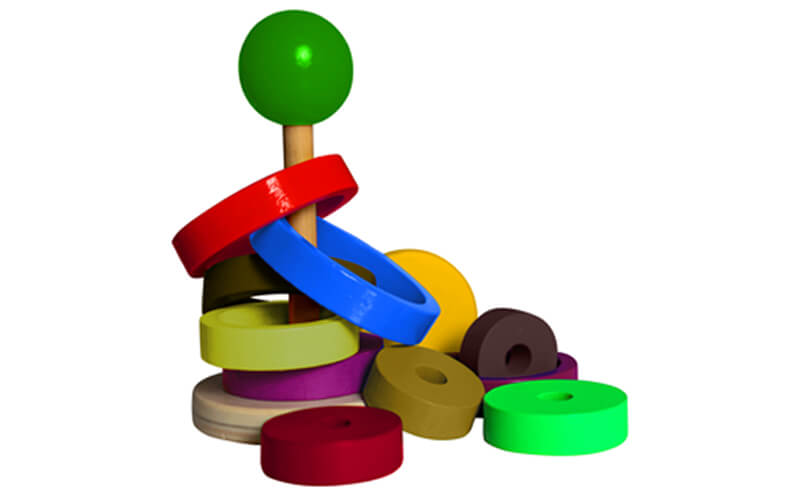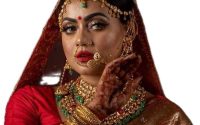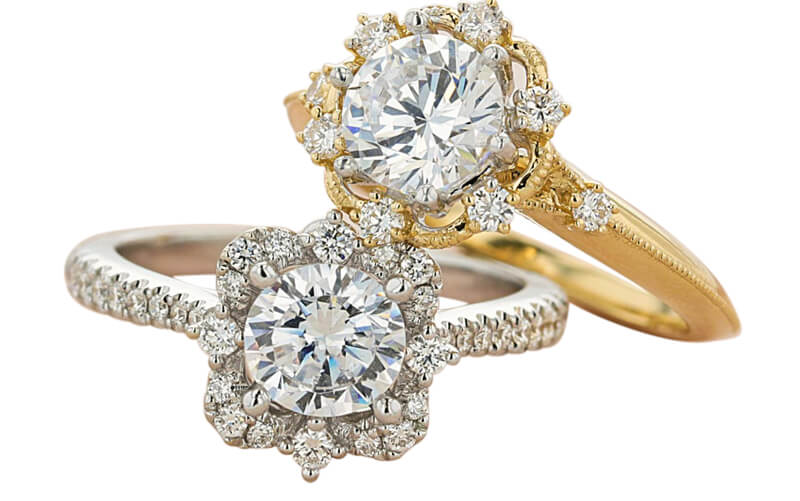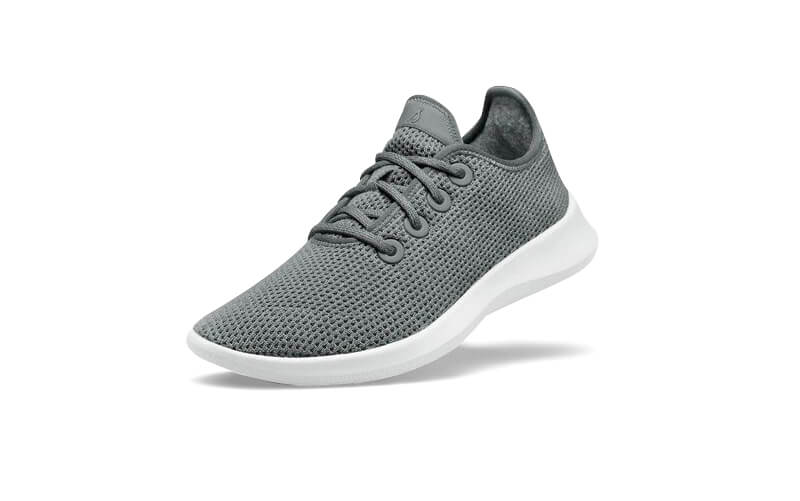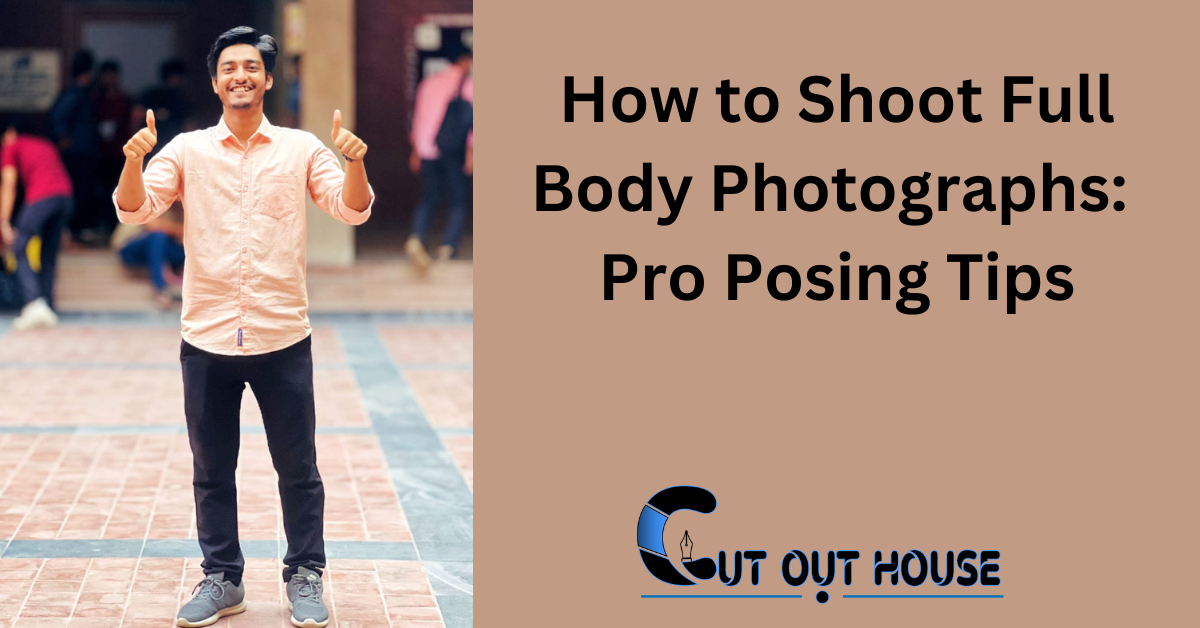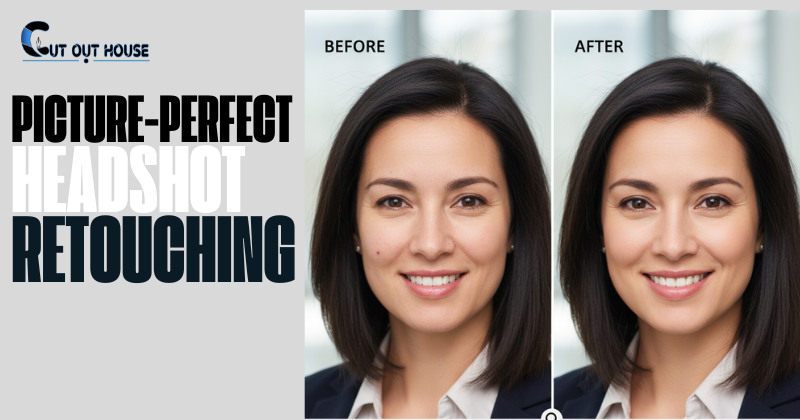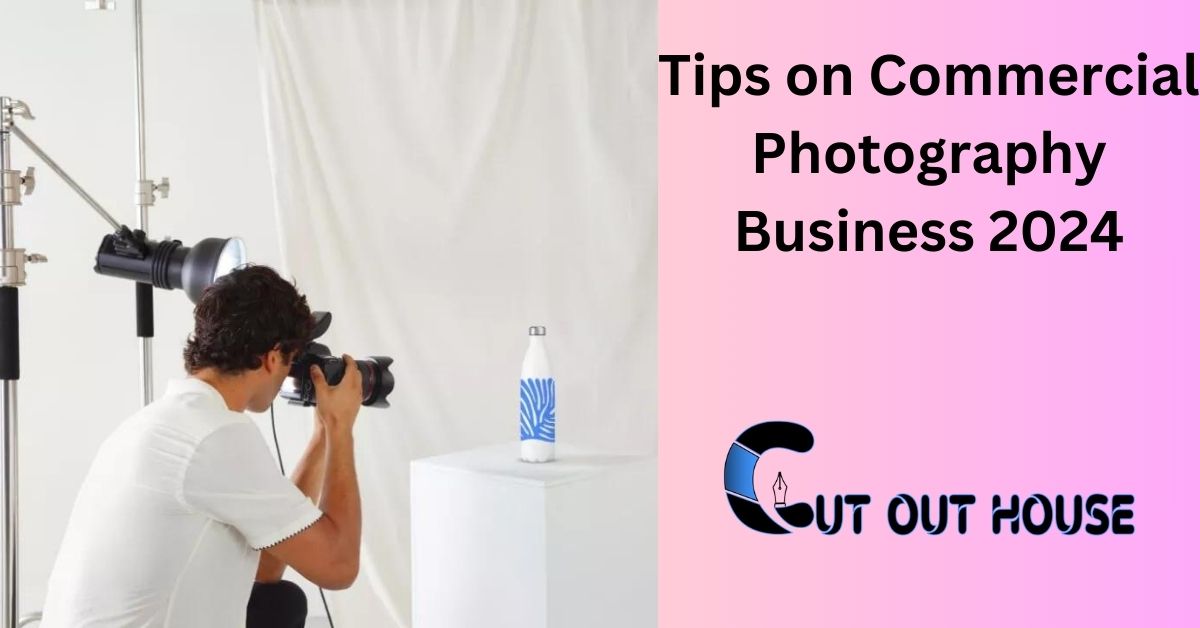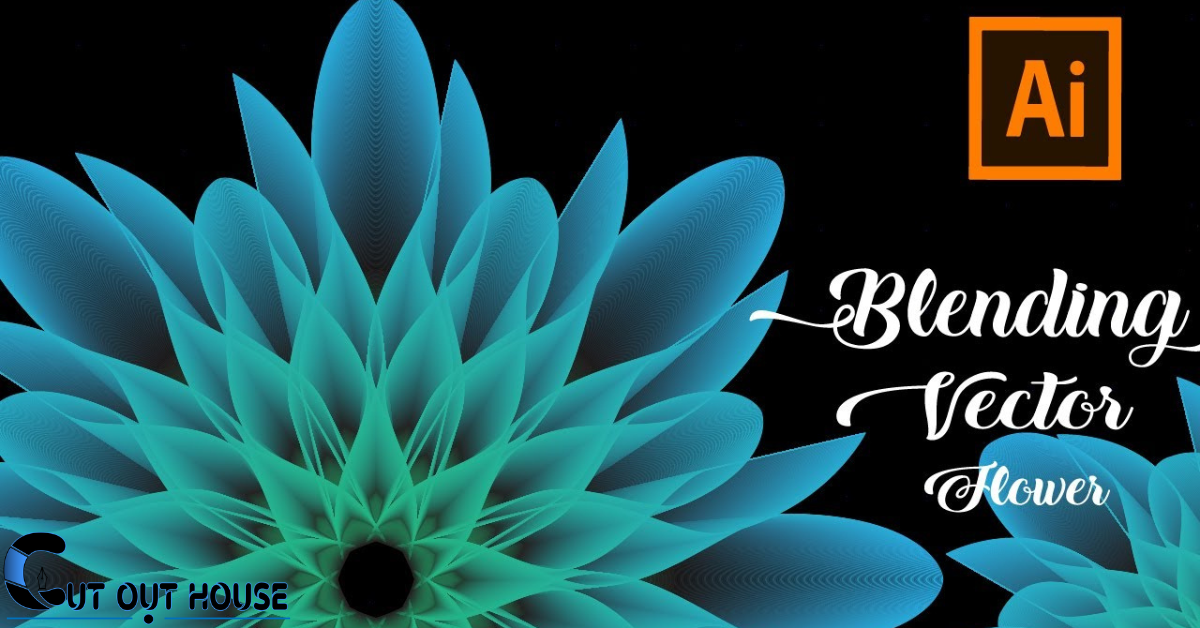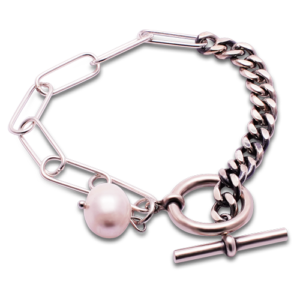To shoot a full body photograph, adjust camera height to waist level for a balanced frame without tilting. Use the right lens and lighting for clear shots that capture the entire body.
When taking full body photos, positioning the camera at waist height helps maintain proportion and fit the subject within the frame without distortion. By following these tips, you can create striking full body photographs that are visually appealing and well-composed.
Proper camera height, lens selection, and lighting setup are essential factors to consider when shooting full body portraits. Mastering these techniques will result in professional-looking images that showcase the subject in the best possible way.
Setting The Stage For Full Body Photography
Prepare for capturing stunning full-body photographs by setting up the perfect lighting and camera angles. Adjust the camera height for flattering shots and experiment with different poses to create dynamic and engaging images. Mastering these techniques will elevate your photography skills and produce impressive results.
| Setting the Stage for Full Body Photography |
| When shooting full body photographs, it’s crucial to choose the right environment. Look for locations with ample space and good lighting to capture the entire body. Pay attention to the background to ensure it complements the subject without being distracting. Additionally, preparing your subject is essential. Guide them on posing and ensure they are comfortable and relaxed for the best results. Communication is key to achieving the desired outcome, so be clear in your instructions and provide gentle guidance to help your subject feel at ease. |
Camera And Lens Selection
When shooting full body photographs, selecting the right camera and lens is crucial. For full body shots, consider cameras with high resolution and good low light performance, such as the Canon EOS 5D Mark IV or the Nikon D850. As for lenses, a 50mm or 85mm prime lens is ideal for full body imagery, providing a natural perspective and flattering compression. Alternatively, a 24-70mm zoom lens offers versatility for different compositions and settings. Ensure the lens has a wide aperture for beautiful bokeh and sharp subject focus.
The Perfect Camera Height And Angle
When shooting full body photographs, it is important to consider the perfect camera height and angle. This helps in determining the optimal camera position and ensures that the angles to avoid distortion are identified. Many people wonder what the best angle for full-body photos is. The most traditional choice is to lower your camera so that it’s more or less in the middle – more or less at waist height. This allows you to fit the subject’s body in the frame without tilting the camera. Proper Camera Height – Generally speaking, the camera lens should be at about eye level for head and shoulders portraits, chin level to chest level for ¾ length and chest level to waist level for full length portraits. Wide shots, also known as long shots or full body shots, put a more equal emphasis on the surroundings and the subject’s body.
Lighting Techniques For Full Body Shots
Enhance your full body shots with effective lighting techniques to capture the perfect image. Experiment with various lighting setups, adjust flash power, and mind shadow removal for professional results. Elevate your photography game with these insightful tips for shooting full body photographs.
When it comes to shooting full body photographs, lighting is a crucial aspect to consider. Soft light and hard light are two lighting techniques you can use to create different moods and effects in your photographs. Soft light produces a gentle and diffused effect, while hard light creates stronger and sharper shadows.
Managing shadows and highlights is also important when shooting full body photographs. You can use reflectors to bounce light onto your subject and reduce harsh shadows, or adjust your camera settings to balance out the exposure between highlights and shadows. Experiment with different lighting setups to find the best one for your desired outcome.
Posing Tips For Full Body Portraits
For capturing powerful full body portraits, guiding the model to strike the right pose is critical. Here are a few tips:
- Encourage the model to stand tall and confident, with shoulders back and chest out.
- Ask the model to shift their weight onto one leg, creating a natural curve in the body.
- Use props to add depth and character to the shot. For solo self-portraits, experiment with different angles and positions.
When it comes to lighting setup, use a combination of natural and artificial light to create depth and shadows. A mirror selfie can be a great way to experiment with different poses and angles. For studio shots, consider using a shot list to ensure you capture all the necessary poses and angles.
Composition And Framing Strategies
When shooting full body photographs, it’s crucial to consider the composition and framing strategies. Balancing the subject with the environment is essential for impactful shots. Cropping considerations vary for different platforms, so it’s important to optimize the framing for each one. Choosing the best angle and camera height is crucial for capturing the full body effectively. Additionally, selecting the right lens can greatly impact the outcome of the photograph. Moreover, paying attention to lighting and shadows is essential for achieving the desired result. In addition, experimenting with different poses and angles can lead to unique and visually appealing shots. It’s important to consider the platform and purpose of the photograph when deciding on the composition and framing. Furthermore, keeping the background and surroundings in mind is crucial for creating a harmonious and visually engaging photograph. By carefully considering these factors, photographers can create stunning full body photographs that effectively capture the subject and their environment.
Technical Settings For Sharp Images
When shooting full body photographs, it is important to adjust the technical settings for sharp images. The aperture, shutter speed, and ISO should be carefully considered to achieve the desired results. Additionally, focusing techniques play a crucial role in ensuring clarity and sharpness in the photographs. Experimenting with different settings and techniques can lead to improved full body shots.
Post-processing And Final Touches
Editing for Skin Tones and Textures: After capturing the full-body photograph, it’s crucial to enhance the skin tones and textures during the post-processing stage. Utilize tools such as dodge and burn to refine skin texture while maintaining natural tones.
Enhancing the Photo with Cropping and Filters: Utilize cropping to emphasize the subject and remove any distractions from the background. Experiment with filters to add depth and enhance the overall aesthetic appeal of the full-body photograph.
Frequently Asked Questions
How To Take A Good Full Body Photo?
To take a good full body photo, adjust the camera to waist level for a balanced shot.
What Height Should A Camera Be For A Full Body Shot?
For a full body shot, position the camera at waist height to fit the subject’s body in the frame without tilting it.
What Is The Best Lens For Full Body Photography?
The best lens for full body photography is a 35mm or 50mm prime lens for sharp, versatile shots.
What Is A Full Body Picture Called?
A full body picture is called a “wide shot” or “full body shot,” emphasizing the subject and surroundings equally.
Conclusion
Capturing full-body photographs requires attention to camera height, lighting setup, and posing techniques. Experiment with different angles and use the right lens for optimal results. Remember to frame the subject well and consider the surroundings for a balanced composition. Practice and patience will lead to stunning full-body shots.

